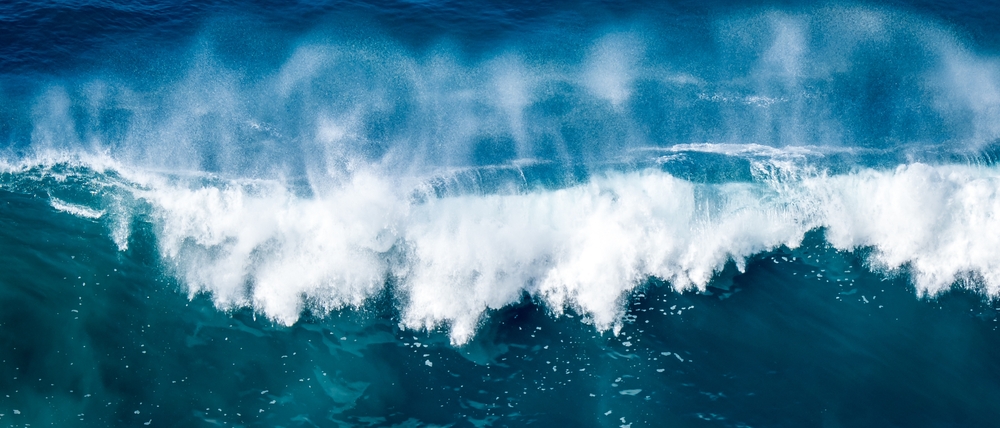Rogue waves are the stuff of maritime legend, but when they happen they can cause a lot of damage to ships and oil rigs. Scientists at the University of Victoria and the University of Copenhagen used AI to better predict them.
A rogue wave, sometimes called a “monster wave”, is an ocean wave that is more than twice the height of other waves around them. Throughout maritime history, there have been many tall tales about these waves surprising ships.
The first recorded evidence of a rogue wave was captured in 1995 when a 26-meter wave crashed into the Norwegian oil platform Draupner. Since then, six cruise ships have been hit by rogue waves.
All suffered damage, with some reported injuries, and one passenger onboard the Viking Polaris died after the ship was hit in December 2022.
The seemingly random nature of rogue waves has made it difficult for scientists to find a way to predict when and where they could occur. Applying machine learning to the problem is having promising results according to a new research paper.
An AI’s answer is not enough
The researchers wanted to find the combinations of ocean and meteorological conditions that could be identified as the cause of rogue waves. They applied machine learning to the huge amount of data in the Free Ocean Wave Dataset (FOWD).
The FOWD is a catalog of over 4 billion waves collected from buoys in 158 locations around the world along with wind, sea surface temperature, and barometric pressure data.
The neural network the researchers trained could then predict the likelihood of a rogue wave occurring based on a set of ocean and weather conditions.
This kind of AI predictor is very much a black box. It might give you the answer you’re after but that’s often not enough for the scientists. They want to know how it arrives at its predictions.
Scientists love equations so they used machine learning to create one.
Symbolic regression
Symbolic regression is a machine learning technique that is used to find an equation that fits a set of data.
If your AI black box outputs a 4 every time you input a 2, and an 8 when you enter a 4, symbolic regression can work out that the equation that approximates what the AI is doing is “output = input x 2” for example.
To find the rogue wave prediction equation, the scientists started with a population of randomly generated equations.
Using machine learning the equations were fed the same wave data and optimized and distilled until they were left with an equation that gave the same outputs as the AI predictor model.
With this equation, they could see which aspects of the wave and atmospheric conditions had a causal relationship with the occurrence of rogue waves.
This research will help weather forecasters provide more accurate predictions of rogue waves and make commercial shipping safer.





